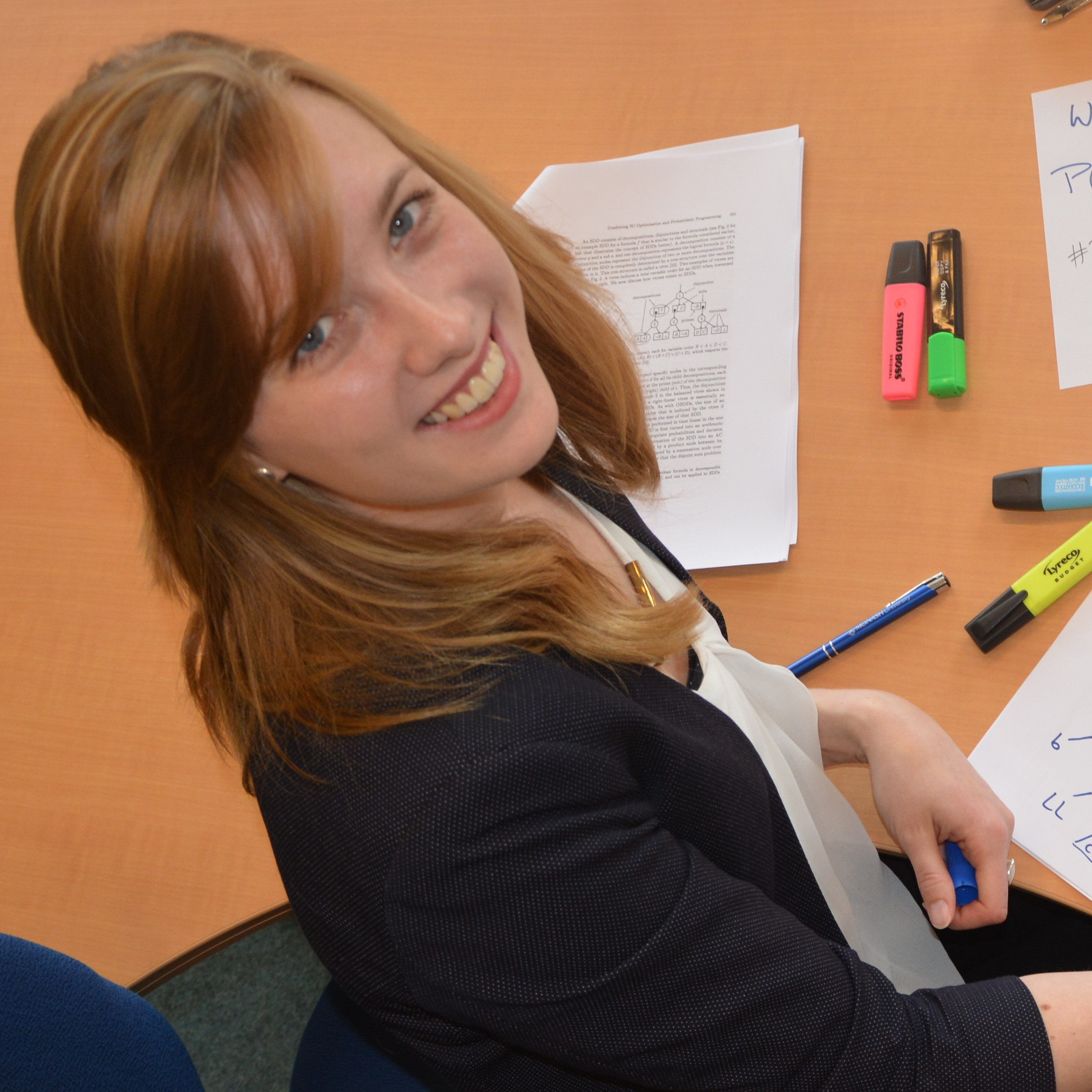BNAIC/Benelearn 2019
Published:
1 minute read
Last week I attended the Benelux Conference on Artificial Intelligence and Machine Learning (BNAIC) for the first time. This year, it was held in Brussels, in my beloved Belgium.
This year’s edition was framed around AI Synergies: business meets academics. This was very well reflected in the excellent collection of demonstrations, where we learned about self-driving wheelchairs and puzzle-solving technology.
A wheelchair that automatically avoids crowds at #BNAIC. Interesting how they used standard PC mices to measure wheel movement pic.twitter.com/g2IZ8mdXqZ
— David Speck (@ai_dev_david) November 7, 2019
Explainable logic puzzle solver at #BNAIC with interactive demo.
— David Speck (@ai_dev_david) November 7, 2019
Fun demo of an algorithm that can explain itself. :)https://t.co/oAd6oVw3hn
My contribution to this conference was an extended abstract of this year’s IJCAI publication, in which we introduced a new propagation algorithm for stochastic constraints, implemented in the OscaR solver.
Explainable logic puzzle solver at #BNAIC with interactive demo.
— David Speck (@ai_dev_david) November 7, 2019
Fun demo of an algorithm that can explain itself. :)https://t.co/oAd6oVw3hn
My presentation was scheduled in the very first session on the very first day. I was afraid that nobody would turn up, but luckily roughly forty people did. True, a lot of them were my amazing colleagues from the AIA group at UC Louvain, and a few of my (former) colleagues from LIACS in Leiden, but there were also a lot of very unfamiliar faces there.
Then, in my presentation, I used the example of a viral marketing campaign for chocolate, by means of ‘seeding’ certain people in a social network by giving them a free sample of the chocolate, and relying on them to promote the product to other people through word-of-mouth.
As a reward for the people who showed up at this early hour, I handed out Belgian chocolates to my audience. I hope they appreciated the joke 🙂
